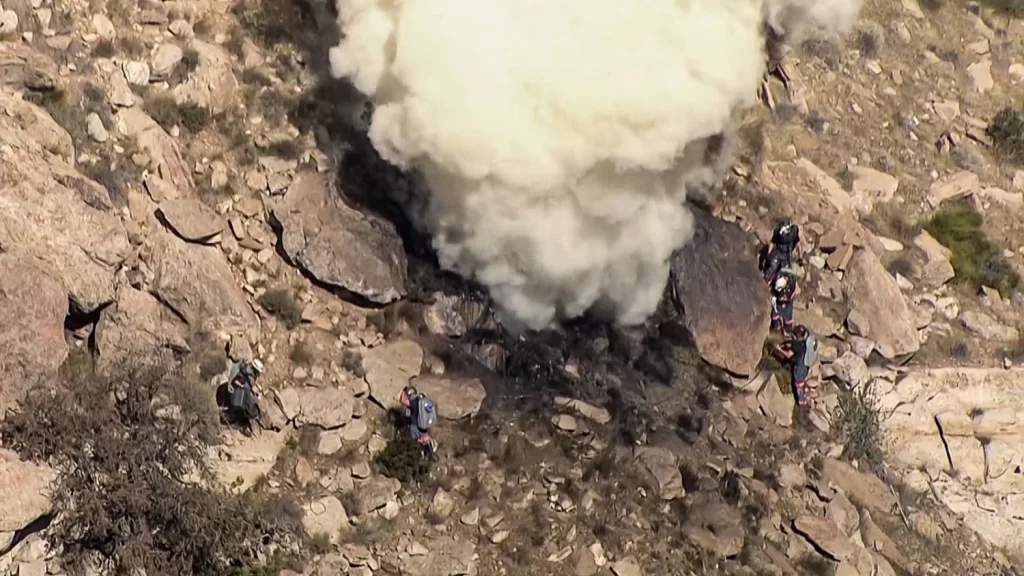Overall Decline: Queensland’s coal exports witnessed a significant 167% drop in January 2024 compared to the same month in 2023. This translates to a fall from 5.76 million tonnes to a mere 2.16 million tonnes.
Terminal-Specific Impact:
- Dalrymple Bay Coal Terminal: Faced the biggest impact with a 29.1% decrease, exporting 1.52 million tonnes in January 2024 compared to 2.14 million tonnes in 2023.
- Gladstone Port: Exports fell by 14.3%, from 2.82 million tonnes to 2.41 million tonnes.
- Hay Point Terminal: Saw a slightly smaller 5.7% decline, exporting 229,000 tonnes compared to 244,000 tonnes.
Destination Breakdown:
- Japan: Remained the top destination for Queensland coal, receiving 774,000 tonnes in January 2024, marking a 20.9% increase year-on-year.
- India: Imports dropped significantly by 87.8% to 191,000 tonnes compared to 1.5 million tonnes in 2023.
- South Korea: Imports fell by 40.5% to 246,000 tonnes compared to 412,000 tonnes in 2023.
- Vietnam: Imports decreased by 20.7% to 180,000 tonnes compared to 227,000 tonnes in 2023.
Reasons for the Decline:
- The article doesn’t explicitly state the reasons behind the drastic drop in exports. However, it mentions ongoing industrial action at some Queensland coal mines, which could be a contributing factor.
- Global economic slowdown and fluctuations in demand from key importing countries might also play a role.
Additional Information:
- The article mentions coking coal exports decreasing by 171% and thermal coal exports falling by 161%.
- It also briefly touches upon potential impacts on employment and the state’s economy due to the export decline.










